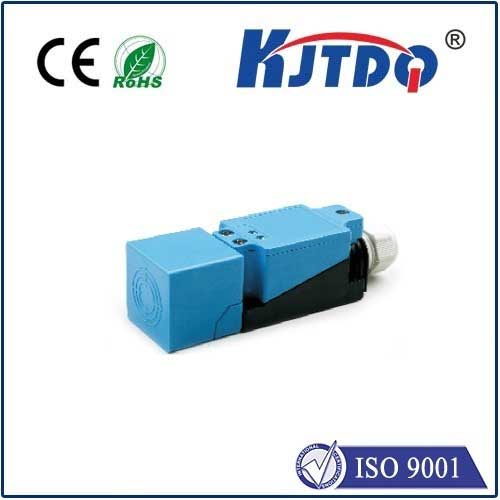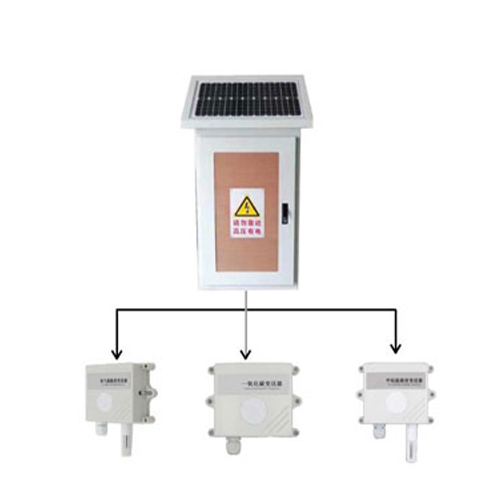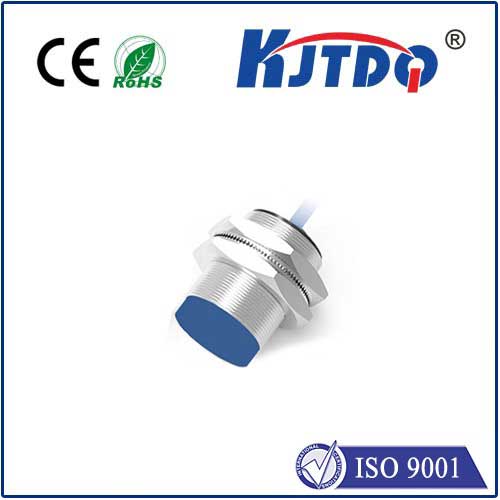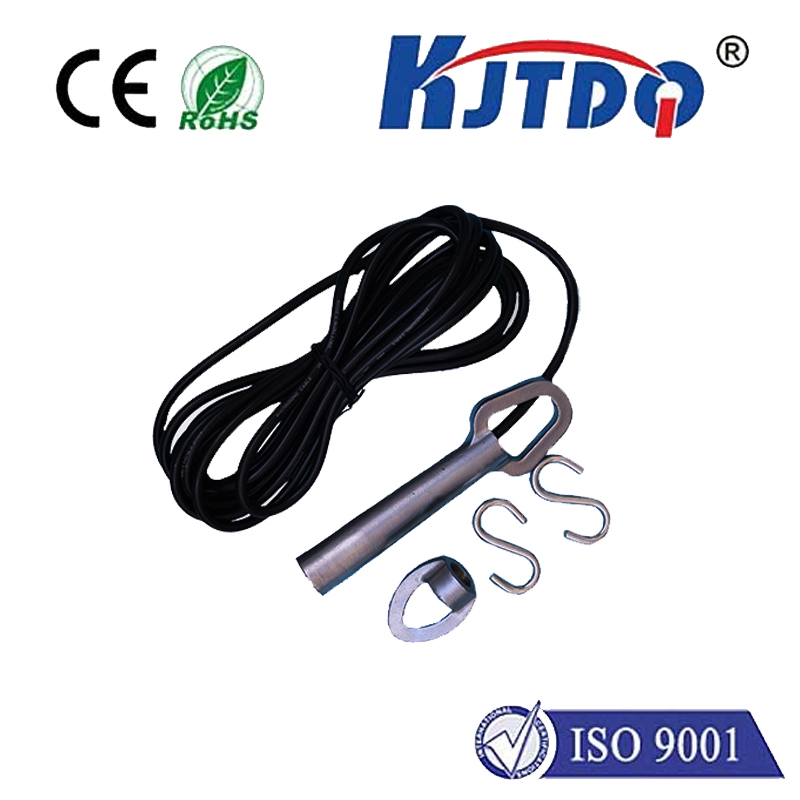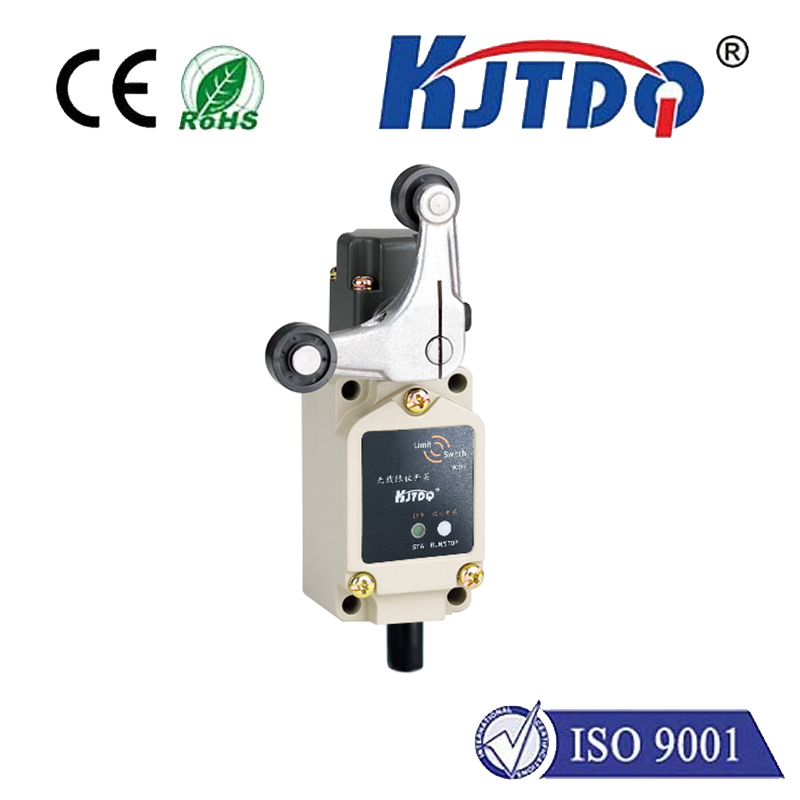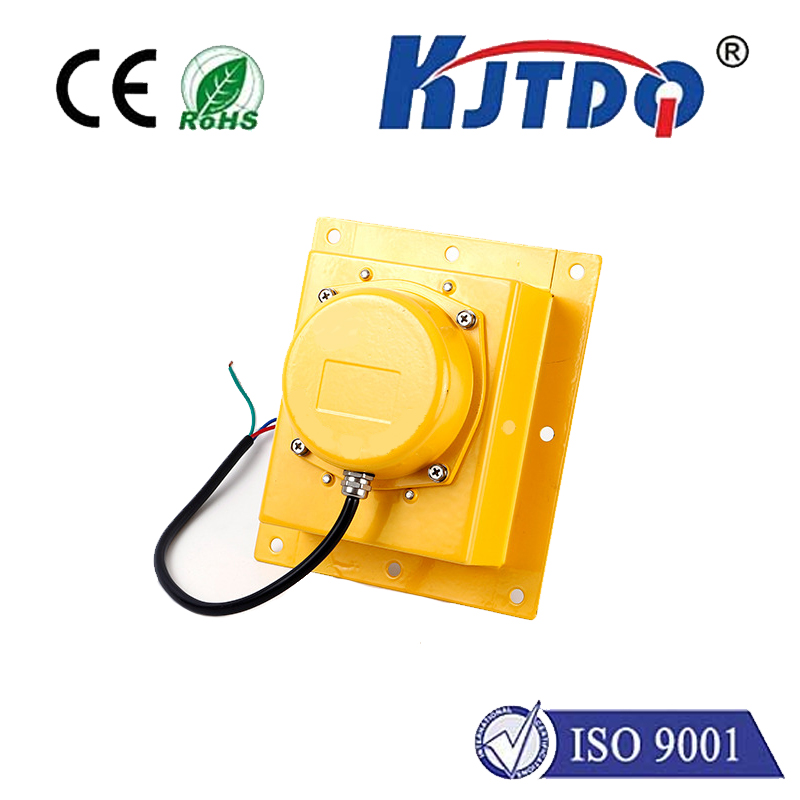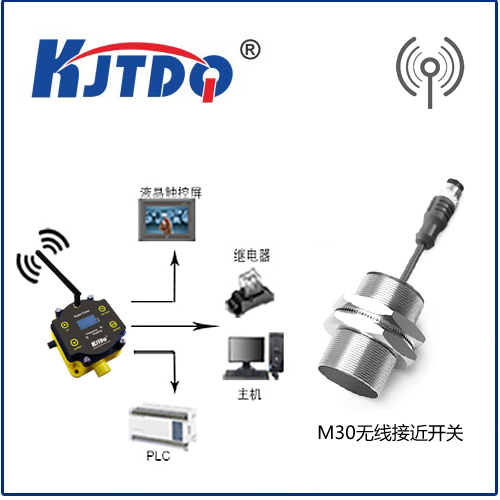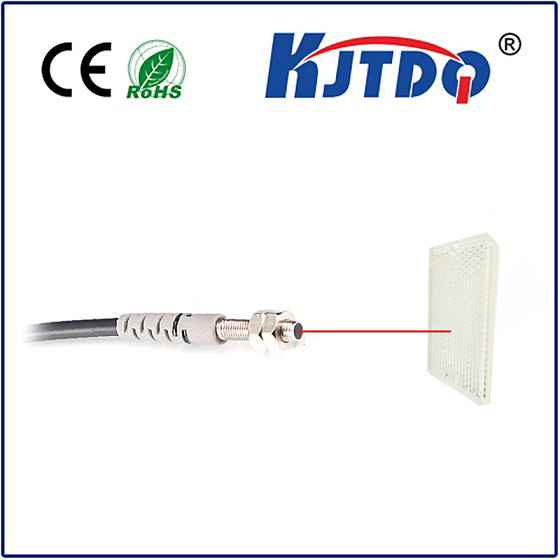Встроенный датчик приближения
- time:2025-07-18 08:37:35
- Нажмите:0
Flush-Mount Proximity Sensors: Maximizing Space & Reliability in Tight Industrial Spots
In the tightly packed, vibration-prone, and often grimy world of industrial automation, every millimeter counts. Machines hum with moving parts, conveyor belts snake through confined spaces, and robotic arms execute precise maneuvers. Installing sensing devices without disrupting this intricate dance requires ingenuity. This is precisely where the flush-mount proximity sensor, also known as the non-flush or shielded type, earns its indispensable reputation. Designed to sit perfectly flush with surrounding mounting surfaces, these compact workhorses deliver reliable non-contact detection where space is at an absolute premium and physical protrusions are simply not an option.
Understanding the Flush Advantage: Form Factor is Function
The defining characteristic of a Датчик приближения промывки is its physical design. Unlike their non-flush (or unshielded) counterparts, flush sensors feature a shielded sensing face. This metallic shield surrounds the active sensing element, typically an oscillator coil in inductive sensors, concentrating the electromagnetic field perpendicularly outwards from the face. This design allows the sensor to be mounted embedded directly into a metal bracket, machine frame, or fixture, with its face sitting perfectly flush with the surface.
Why Choose Flush-Mounting? Key Benefits Unveiled
- Space Optimization Supreme: This is the primary driver. By sitting flush with the mounting surface, these sensors take up minimal space. They avoid protruding into areas where they could be struck by passing objects, tools, or machine components, making them essential for cramped machinery, narrow conveyor guides, and inside protective enclosures.
- Enhanced Physical Protection: Being recessed or mounted flush inherently offers superior protection against accidental impacts, shear forces, or snagging. The robust housing, combined with the shielded face, acts as a guard for the sensitive internal electronics.
- Improved Resistance to Interference: The metallic shield surrounding the sensing coil suppresses sidewards electromagnetic fields. This significantly reduces the potential for false triggering caused by adjacent metallic objects (like mounting nuts, brackets, or other machine parts) passing beside the sensor rather than directly in front of its sensing face. This immunity to lateral interference is a major operational advantage.
- Simplified Installation and Alignment: Mounting is often straightforward – drill a hole of the specified diameter, insert the sensor, and tighten the locking nut. Achieving the correct sensing position is generally easier compared to ensuring precise clearance around a protruding non-flush sensor. Many models boast high Ingress Protection (IP) ratings like IP67 or IP69K, making them resilient against dust, water jets, and washdowns common in food & beverage, pharmaceutical, and chemical environments.
The Trade-Off: Sensing Range
It’s crucial to acknowledge the main compromise associated with flush proximity sensors. The very shielding that provides their excellent interference resistance and compact profile does limit their effective sensing range (Sn). Because the electromagnetic field is focused directly forward, the working distance for a flush-mount sensor is typically shorter than that of an equivalent-sized non-flush sensor. Designers must carefully consider the required detection distance when selecting between flush and non-flush types. However, for countless applications involving close-proximity detection of metallic targets, the reduced range is a perfectly acceptable trade-off for the significant spatial and reliability benefits.
Where Flush-Mount Sensors Shine: Key Applications
The unique strengths of flush inductive proximity sensors make them the undisputed choice in numerous demanding scenarios:
- Tight Machine Cavities: Inside presses, injection molding machines, CNC tool changers, or robotic grippers where internal space is incredibly restricted.
- Conveyor Side Guides: Detecting the presence or position of products on conveyors, mounted flush within guide rails to avoid contact with passing items.
- Position Verification in Fixtures: Confirming that a part is correctly seated within a jig or fixture, mounted flush to the fixture body.
- Elevators & Linear Actuators: Monitoring end-of-travel positions or intermediate stops within compact cylinder designs.
- Metal Fabrication: Detecting sheet metal presence on stamping presses or within automated bending cells.
- Washdown & Hygienic Environments: Their sealed, flush design and high IP69K ratings make them ideal for food processing, bottling lines, and pharmaceutical packaging where frequent cleaning with high-pressure hoses is mandatory.
- Anywhere Protrusions are Hazardous: Safety-critical zones where a protruding sensor could cause damage to products, tools, or the sensor itself if impacted.
Capacitive Flush Types: Beyond Metal Detection
While inductive sensors (detecting metals) are the most common flush proximity variant, capacitive flush-mount sensors also exist. These detect the presence of nearly any material (plastics, glass, wood, liquids, granular materials) based on changes in capacitance. Their flush design offers similar space-saving and protection benefits in applications requiring non-metallic target detection, such as:
- Liquid Level Detection in Tanks (through non-metallic walls)
- Presence Verification of Plastic Bottles or Containers
- Granular Material Level Sensing in Hoppers
Selecting the Right Flush Sensor: Considerations
When specifying a flush-mount proximity sensor, key factors include:
- Required Sensing Distance (Sn): Carefully check the datasheet for the effective operating distance relative to the target material (e.g., mild steel for inductive sensors). Remember it will be shorter than non-flush equivalents.
- Target Material and Size: For inductive sensors, the type of metal and minimum target size matter. Capacitive sensors need consideration of the dielectric constant of the target material.
- Mounting Dimensions: Ensure the sensor body diameter and thread size (e.g., M8, M12, M18, M30) fit your mounting hole.
- Environmental Resilience: Required IP rating, temperature range, and resistance to chemicals or oils.
- Electrical Output: NPN/PNP switching, NO/NC contacts, voltage range.
- Connection Type: Pre-wired cable or quick-disconnect (M12 connector being very common).
Conclusion: The Unsung Hero of Compact Automation
The flush-mount proximity sensor is a testament to intelligent engineering solving a fundamental spatial challenge in automation. By embracing a flush, shielded design, these sensors unlock reliable detection capabilities in locations previously deemed impractical or unsafe for traditional sensors. While operating at a shorter range, their superior resistance to interference, exceptional physical protection, and ability to vanish into mounting surfaces make them indispensable assets for maximizing machine density, ensuring operational reliability, and simplifying maintenance in thousands of industrial applications every day. When space is tight and reliability is paramount, the Датчик приближения промывки is often the optimal, space-conscious solution.
